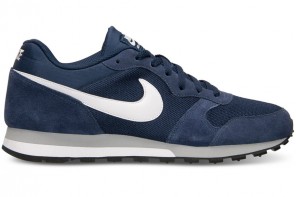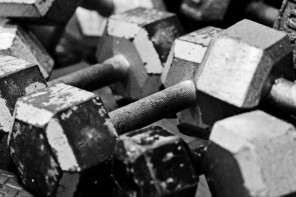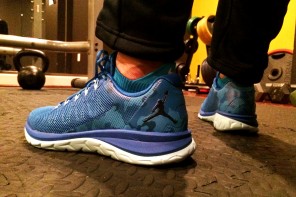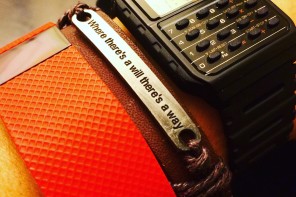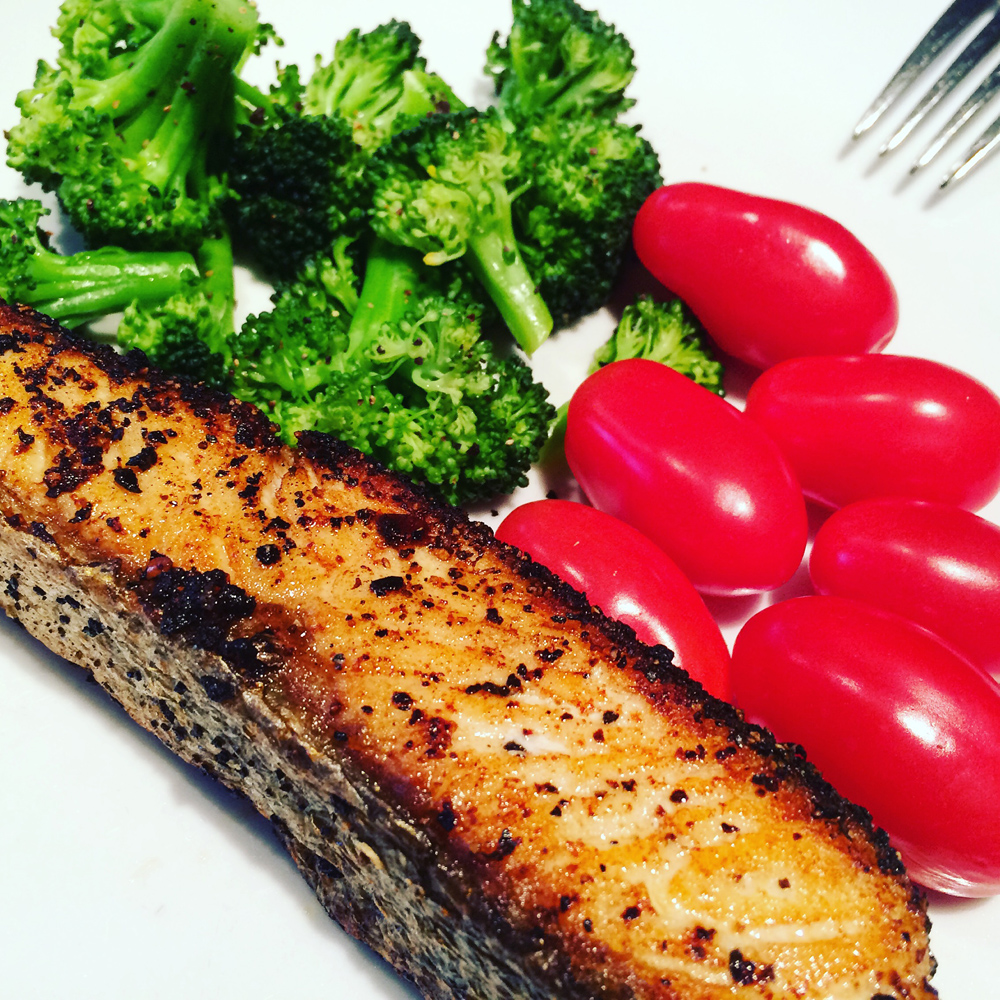
Written by Walter Grio
When I first started walking (as my only form of exercise), it had a profound effect — not just physically, but mentally. I found myself sitting on the couch watching TV and then all of a sudden, have this urge to go out for a walk. My 8PM walks became a routine and even though I wasn’t extremely meticulous about my diet, I had lost nearly 4 inches in 8 months. And two months later, I was back at my college weight.
This exercise journey so far reminds me of my photography “career” arc, a domino effect with one thing leading to another that snowballed to something amazing that I never planned. It has the familiar feeling of when I photographed my first New York Fashion Week in 2011. I didn’t really pursue it, but after it happened, the thought was, “Awesome! Now what?!”
In the past few months, I’ve consumed as much information as I could about bodybuilding. I’ve read (literally) hundreds of articles about fitness and nutrition, I even attended a complimentary session offered by a professional nutritionist, and I’ve talked to people who I knew were passionate about bodybuilding. With so much information available, it was sometimes hard to disseminate between science and “bro-science” aka gym talk. That said, I learned that there are some basic fundamentals.
Slowly and surely, I gravitated towards weightlifting and it turns out that the next chapter to my exercise journey was to “bulk up”. But what does it take? What do I need to do? Could I do it?
Throughout my entire life, I had this idea that all you had to do was lift weights and the big muscles will come. It’s true to an extent, but it’s only a minor part. Similar to when you’re losing weight — diet is 80% of the equation. You could lift weights all day long, but if you’re not eating (and eating and eating), then you’re not going to get bigger.
But how much do you eat? First, you need to understand your Basal Metabolic Rate (BMR) (what your body needs at the very minimum) and use that in conjunction with the Harris Benedict Equation (how active you are). This will give you an idea of your daily energy expenditure. There are other variables such as your genes, your stress level, your sleep, and your overall health, but understanding your daily energy expenditure is a good start. Depending on your goal, you either need to consume more, less, or the same calories than this number.
It might sound fun to eat and eat and eat, but it’s actually a lot of work! And you can’t just eat everything you want to eat. If it was that easy, I could gain this mass in a few days at Popeye’s Chicken. Gaining weight on a clean, healthy, and nutritionally correct diet requires patience, plenty of motivation, and a few experiments.
It took me about three weeks to figure it out because even though I was consuming more, the scale wasn’t moving. And in some cases, I was actually losing weight. I increased my food intake and I eventually figured out what worked for me (which included decreasing my 5 mile walks per day to 3 miles).
In order for me to gain 1 pound a week, this is what I typically eat every single day.
BREAKFAST
0.5 cup oatmeal
“BROTEIN” SHAKES (divide ingredients by 4 for each shake)
1 cup blueberries (frozen)
1 cup strawberries (frozen)
4 bananas (fresh)
4 cups nonfat milk (for me it has to be Lactaid)
4 tbsp chia seeds
124 grams or 4 scoops protein powder (Optimum Nutrition Gold Standard French Vanilla Creme)
LUNCH AND DINNER (divide ingredients by 2)
2 cups steamed broccoli
1.5 lb whole wheat spaghetti (Bionaturae)
0.75 lb ground beef (90% lean)
18 oz spaghetti sauce (Newman’s Own Sockarooni)
6 slices bread (Vermont Soft 10 Grain)
SNACKS
1/2 cup almonds (Smokehouse)
1 cup icecream (Edy’s Drumstick)
CALORIES: 3,500 calories
MACRO: 50% carbs / 20% fat / 30% protein
SODIUM: 1,800mg (recommended is less than 2,300mg)
FIBER: 60 grams (recommended is 25 to 30 grams)
Whole wheat pasta has a lower total carb content than regular pasta and even a lower net carb content because it’s also high in fiber. In short, you can really get the most bang for your calories. For lunch and dinner, I will also substitute pasta for white rice (during workout days) or brown rice (for rest days). I’ll have rice with eggs, bacon, chicken, salmon, steak, or a chuck roast with kadyos (special Filipino peas courtesy of my parents). It’s the same proportion so that’s also 1.5 pounds of rice and almost a pound of meat. The weight is based on cooked rice or pasta. This also took a while to determine because the nutritional labels are based on uncooked items.
It’s a lot of food and honestly, sometimes, I really have to motivate myself to eat if I really want to achieve my goal. After 6 weeks of being on this diet, I’m torn on which is harder: bulking up or cutting / dieting. I think the bulking phase allows more “freedom” and choices, but consuming a lot of healthy and clean food (i.e. no packaged or wrapped or fast food meals) actually requires the same motivation as when you’re trying to lose weight.
Let’s see how it goes. Wish me luck! =)
ABOUT THE AUTHOR
Since launching fashiontographer.com on July 2011, Walter Grio has photographed over 250 runway shows and fashion events in Paris and New York.
In 2012, Walter Grio was accredited by the prestigious Fédération Française de la Couture du Prêt-à-Porter des Couturiers to photograph and cover Paris Fashion Week Prêt à Porter and Haute Couture. He also has media accreditation from IMG to cover Mercedes-Benz Fashion Week in New York, Miami, and Berlin. He has received runway show invitations from Burberry, Elie Saab, Zuhair Murad, Akris, John Galliano, Issey Miyake, Paco Rabanne, Tsumori Chisato, Herve Leger, Andrew Gn, and others. In addition, he has photographed the runway shows of Carolina Herrera, Chanel, Elie Saab, Diane von Furstenberg, Monique Lhuillier, Reem Acra, Tracy Reese, Vera Wang, and many more.
Walter Grio is also involved in philanthropy through his Shoot for Change initiative, where money from photography go to a nonprofit organization of his client’s choice. Since 2006, Shoot for Change has raised over $130,000 for various nonprofit organizations. In January 2012, Walter Grio created the Shoot for Change Scholarship at the Jacqueline Kennedy Onassis School at American Ballet Theatre. Based on merit and need, scholarships have been awarded to two students to study at the JKO School.





